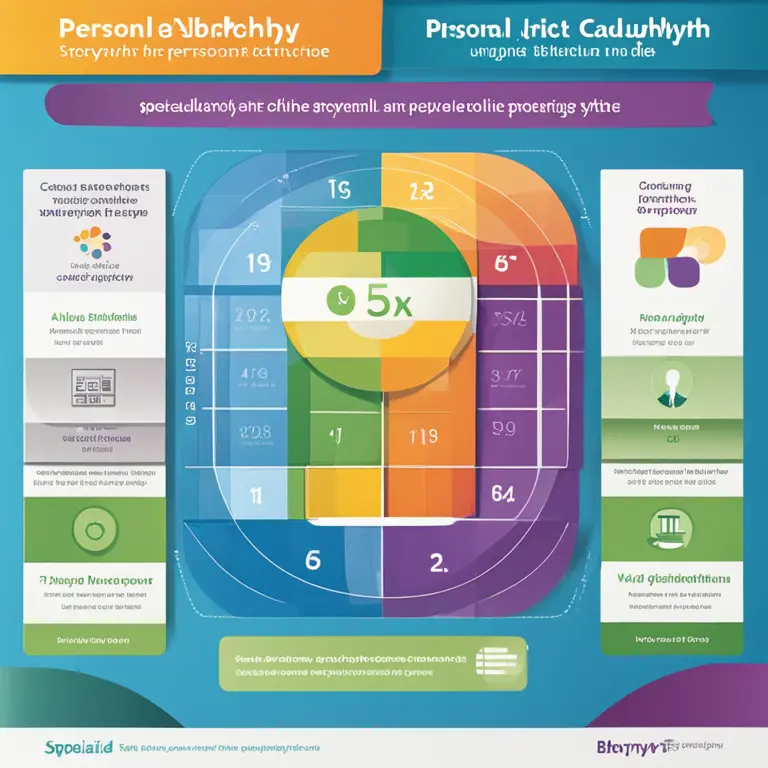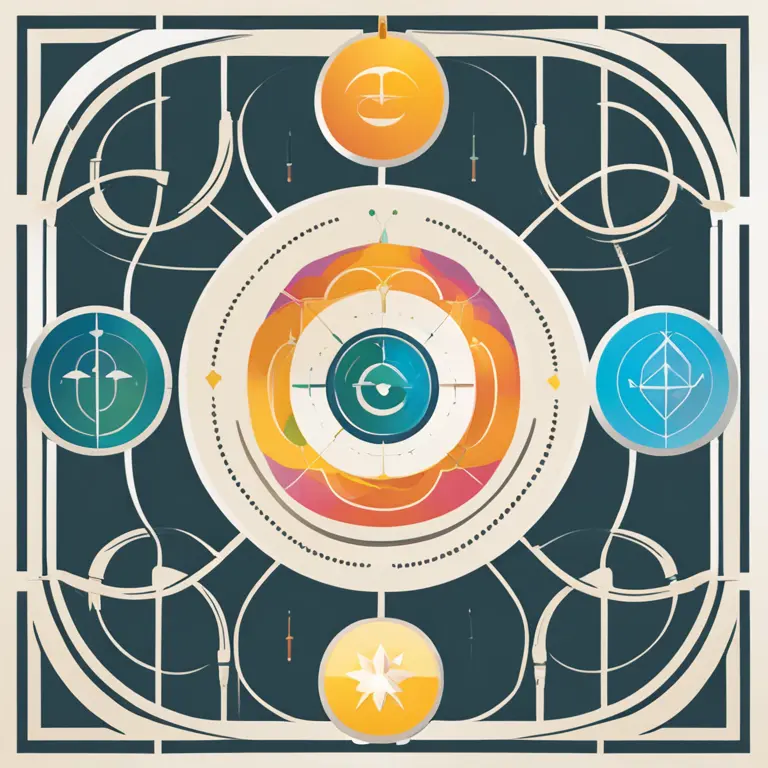
The Rhythms Within: Delving Into Human Biorhythms
Discover the intricacies of human biorhythms and their impact on daily life through this insightful dive into biological cycles.
article by Adrian Wallace
Introduction to Biorhythms
Human life is punctuated by rhythms. These are not just the rhythms we hear, but rhythms we live: our heartbeats, our sleep cycles, and less visibly, our biorhythms. The concept of human biorhythms stems from the idea that our lives are influenced by rhythmic biological cycles that affect our capabilities, emotions, and overall health. Research into these cycles suggests that understanding our personal biorhythms can lead to more harmonious living by anticipating the ebb and flow of our physical, emotional, and intellectual strengths.

The Three Primary Cycles
Biorhythms are typically broken down into three primary cycles: the physical (23-day cycle), emotional (28-day cycle), and intellectual (33-day cycle) rhythms. Each is thought to influence various aspects of our wellbeing. The physical cycle governs aspects like strength, coordination, and endurance. The emotional cycle affects mood, creativity, and perception. The intellectual cycle presides over analytical thinking, logic, and decision-making. These cycles begin from our birth moment and undulate in positive (high phases) and negative (low phases) arcs throughout our lives.

Scientific Backing and Skepticism
It's important to note that while biorhythm theory has gained popularity, it remains a subject of debate among the scientific community. Critics argue that empirical evidence supporting biorhythms is lacking and that human capabilities cannot be so neatly categorized. Proponents, however, cite anecdotal evidence and some supportive studies that imply a correlation between these cycles and daily human performance. As of 2024, biorhythm analysis is not universally accepted but continues to be a point of interest both for self-awareness pursuits and in alternative medicine circles.

Calculating Personal Biorhythms
Among the enthusiasts, calculating one's biorhythms involves using one's birth date as the starting point. Specialized software and online platforms have emerged, utilizing algorithms based on the primary cycle periods to chart an individual’s personal rhythms. Practitioners use these charts to plan and make decisions, from choosing the best dates for important events like job interviews to understanding periods of heightened emotional sensitivity or increased intellectual acuity.
Practical Applications and Daily Life
While biorhythms are not a science in the conventional sense, those who observe their own cycles often claim enhanced self-awareness and well-being. By anticipating 'high' and 'low' periods in their cycles, individuals might choose to initiate projects, engage in certain activities, or rest and reflect accordingly. Beyond personal use, some businesses have even experimented with biorhythmic considerations to improve team project outcomes and productivity, although this practice is not widespread nor endorsed by current scientific standards.
The Way Forward with Biorhythms
Looking ahead, biorhythms could become more integrated with other personalized health tracking technologies. As wearables and biometric monitoring devices evolve, there is potential for these to include biorhythm tracking, potentially providing users even more comprehensive insights into their health and behavior. However, it will be the continued evaluation of biorhythms through a scientific lens that will determine their lasting place in human health and psychology.
Published: 1/25/2024
Modified: 1/25/2024
More predictions
Come back here soon to learn more about yourself and your future


The Principles of Biorhythm Cycles
Discover the fundamental principles of biorhythm cycles and how they influence daily life and personal well-being in this insightful article.


Biorhythm Love Compatibility: Find Your Match
Discover how a biorhythm love compatibility calculator can enhance your romantic connections by analyzing the natural cycles that influence relationships.


The Human Biorhythm Cycle: Patterns of Life's Ebb & Flow
Delve into the human biorhythm cycle, a compelling concept in the holistic understanding of our physiological and emotional patterns over time.